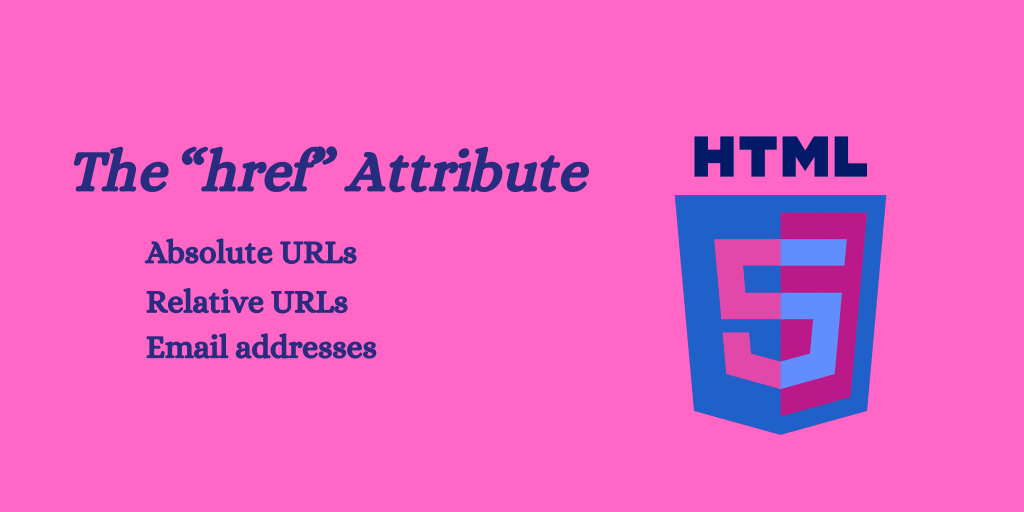HyperText Markup Language is the most widely accepted way of constructing web pages. It comprises different elements and tags necessary to organize and define the contents of websites. A quick word about the importance of the “A” tag, or the anchor tag in HTML as it is often known. A hyperlink is the anchor tag that offers users the necessary way to get from one website to another or from the different staking pages in one website to another page in the same website. In this context, the reader will get to understand the “A” tag, its attributes, and its place in website development.
The A Tag: An Overview
The “A” tag in HTML is an inline-level element that is used for frame definitions where you specify links. It can refer to other pages within the same website or another one and even other resources such as files and mail.
The basic syntax of the “A” tag is as follows:
“`HTML
<a href=”URL”>Text</a>“`
The address of the web page or resource to which the link leads or points is defined by “href” in this. The actual text that readers will see, on which they will be able to click and be redirected to the destination URL, is placed inside the “A” tag.
The History of Hyperlinks

The basis of today’s links was given by Ted Nelson in the 1960s as a part of a global system of information. The general term for hyperlink was coined in 1965 by Douglas Engelbart. However, it was not until the creation of the web in 1989 by a Briton named Tim Berners-Lee-Wheid that hyperlinks became a component of the Net.
Berners-Lee used HTML language in its development, and when he did so, he saw it necessary to incorporate the “A” tag. This made it easy for the users to be able to “walk through” one web page to another as well as documents that were linked. After that, the “A” tag continued to be one of the staples of HTML and the creation of websites and pages.
The “href” Attribute
The “href” attribute is the only attribute assigned to an “A” tag. It establishes what the link directs when clicked, for it is the overall guide, control, and decision maker, unlike HTML coding that provides directions on what should be done.
The “href” attribute can contain any valid URL, including:

1. Absolute URLs: These are actual URLs, actual locations of web pages, or any other resource. For example, https://www.example.com/page.html.
2. Relative URLs: They are also known as shorter URLs used to define the place in reference to the current page. For instance, /page.html or ../page.html.
3. Email addresses: When the “href”’ attribute defines an email address, clicking on the link will launch the user’s default email program, and the “To” input field will be filled with the address.
Other Attributes of the “A” Tag
It should be pointed out that besides the “href”’ attribute, the “A” tag can have some other attributes which make hyperlinks more functional.
Some of these attributes include:
1. “title”: This attribute gives additional information about the link, which appears as a caption when the user uses the mouse pointer to move over the link.
2. “target”: The default is _self, and it defines where the linked web page will launch when selected. Possible values for this attribute are; ‘_blank’ linking the page to a new window or tab and ‘_self’ linking the page to the current window or tab.
3. “class”: This attribute is used to specify one or more CSS classes to which CSS styling will apply through the link.
4. “id”: The “id” attribute is used to give the link a unique “id,” although this is not necessary to use the link and can be used to specify a link to a certain element within the webpage or to style with the use of CSS.
Web Development and the “A” Tag

In addition to having the functionality of creating hyperlinks, the tag also contributes greatly to the development of web pages.
Some of the ways developers use the “A” tag include:
1. Navigation Menus: These are widely applied to offer navigation menus for websites. It highlights these menus to help users quickly navigate through appropriate pages or segments of the website.
2. Resource Links: Apparently, developers utilize the “A” tag to display the URL pointing to such facilitating resources as the PDF file, Word file, or even the image file.
3. Contact Information: The “A” tag is used to create links to a phone number or an email, or a link to a social networking profile of the user.






